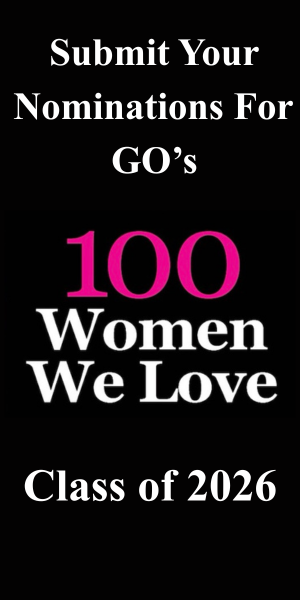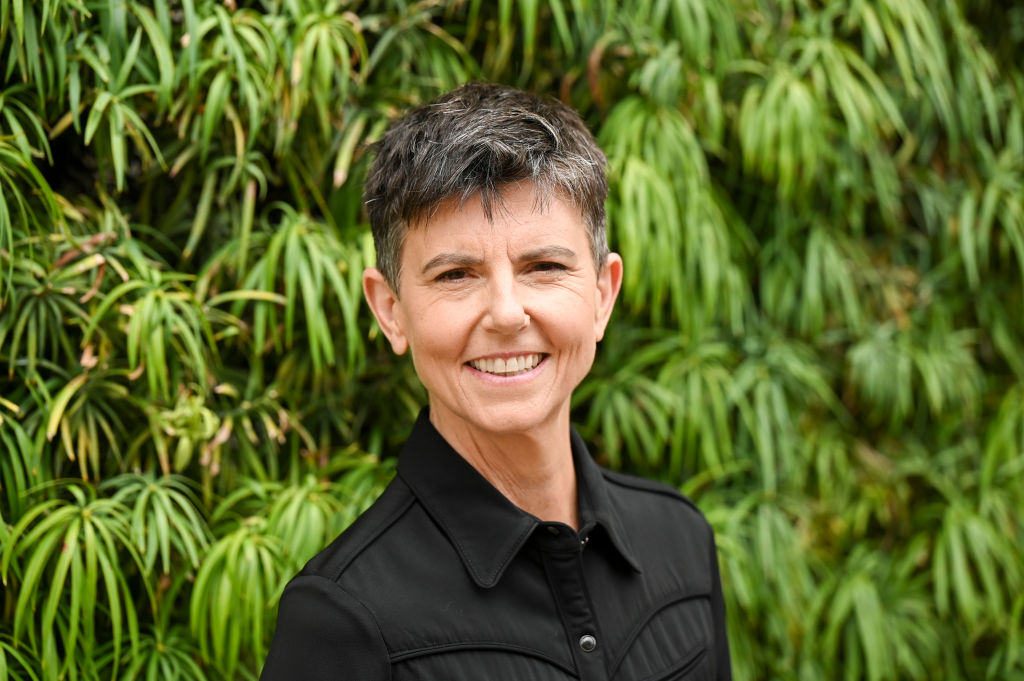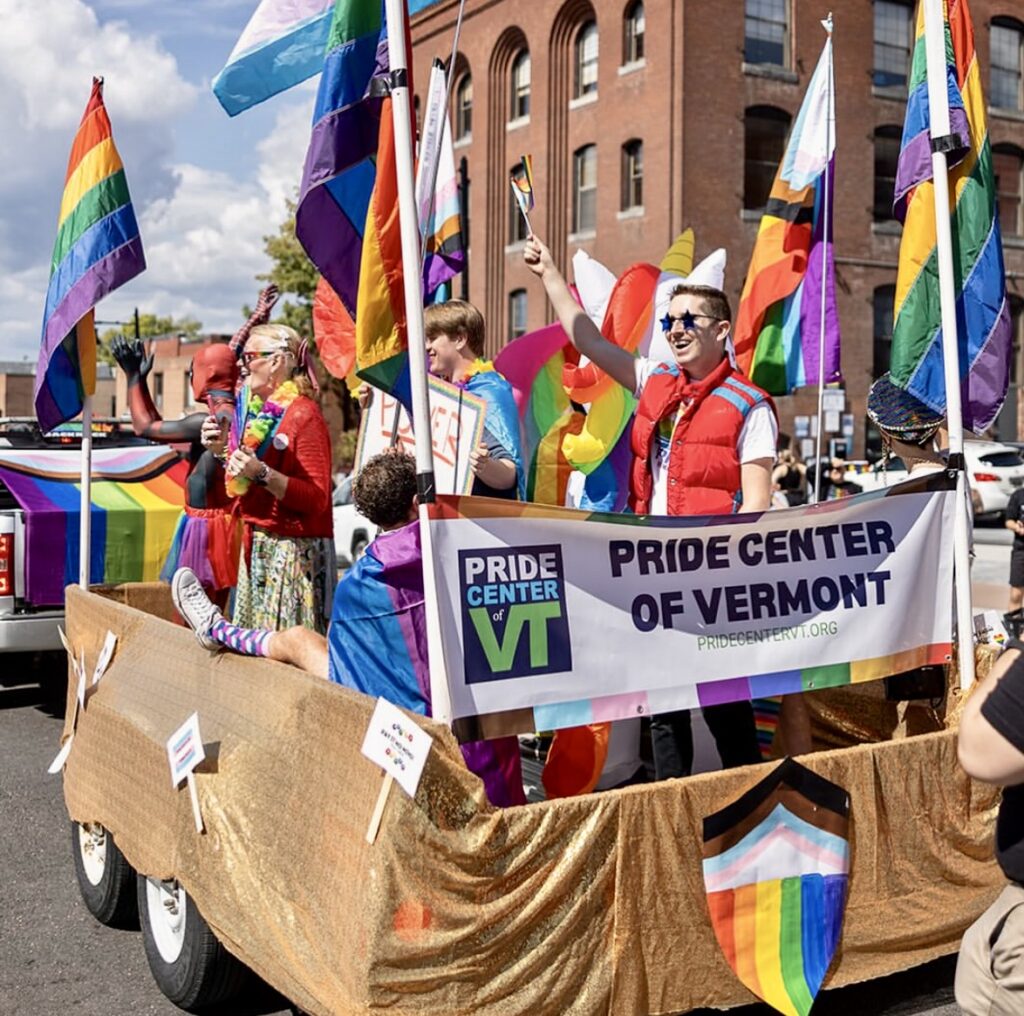A Novice Guide to Political Ideologies in 2018
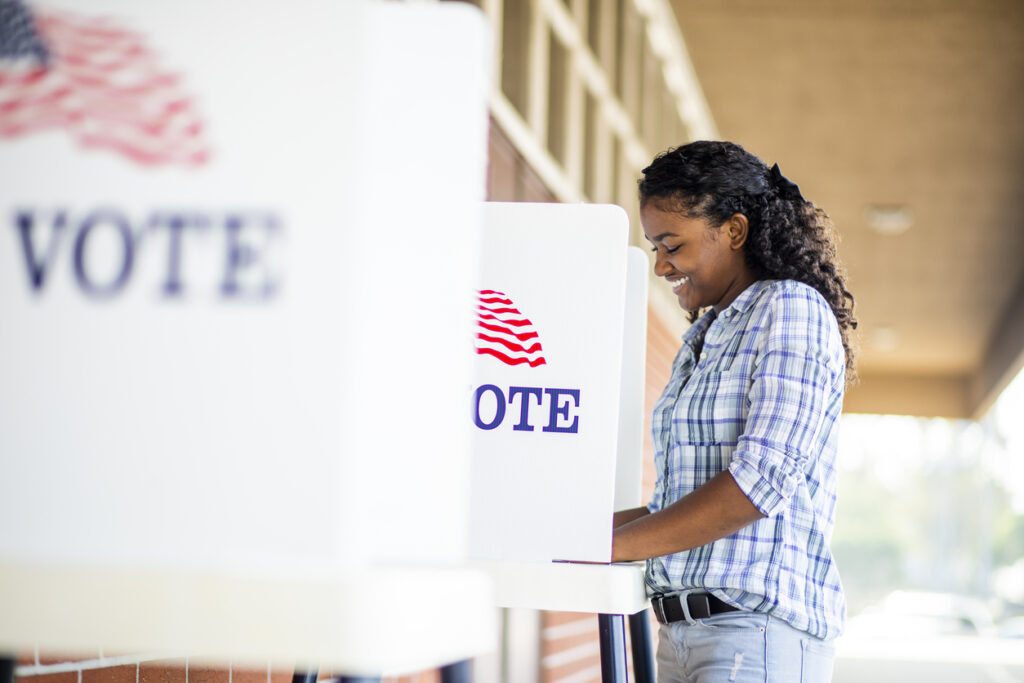
Ready for the 2018 election? Here’s how to make sense of the candidates.
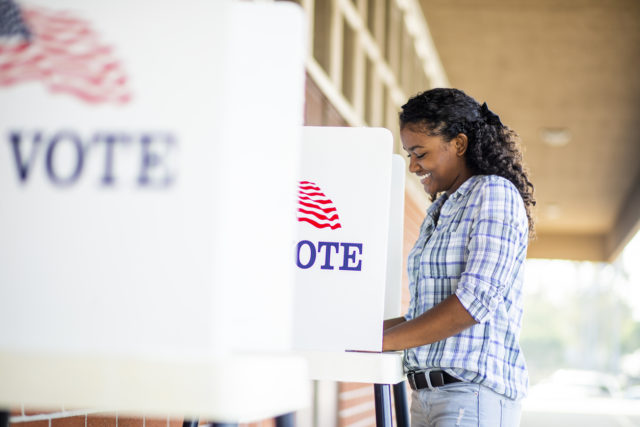
This year’s election is right around the corner. That means it’s time to hit the internet and start getting to know your candidates who are running for office on the national, state, and local levels.
If you’re new to paying attention to politics (hey, no shame—glad you’re here now) or if you just haven’t kept up with the conversation over the last few years, it can feel intimidating to jump into the ring for the first time. As you’re researching the candidates and deciding who to vote for, you’ll likely come across a bunch of jargon-y political terms used to describe each of these politicians: Democrats and Republicans, liberals and conservatives, centrists and “establishment candidates,” and so on. Most commentators take for granted that everyone knows what these words mean and don’t bother to explain them, which can make getting involved for the first time feel even more confusing and inaccessible.
Don’t worry: We’ve got your back. Here’s a breakdown of all the main political terms you need to know to understand basic political ideologies in 2018.
Republican
This term describes someone who is a member of the official Republican Party, also known as the Grand Old Party or the GOP, which is one of America’s two major political parties. While the party’s platforms have evolved over time, today’s Republicans generally support a more hands-off government, deregulation of the market, and “traditional” social values, in addition to a posture of “American exceptionalism.” Practically speaking, this means lowering taxes, supporting businesses and corporations, protecting the institution of “traditional” marriage (meaning between a man and a woman, specifically), and beefing up military spending and immigration control. They don’t tend to favor large social and welfare programs.
Overall, Republicans tend to be older and whiter than Democrats, according to some sources and in recent surveys.
Conservatives and the right
The word Republican is sometimes used interchangeably with the words conservative and right-wing, but those terms don’t necessarily all refer to the same thing. Republicanism refers to the principles and policies of the Republican Party, which its adherents support across all levels of government as well as in public discourse. The party’s official platform, however, is subject to change over time, influenced by its current members who are elected to office, the American public’s changing attitudes and values, and how different segments of a constituency can be rallied to elect Republican politicians. (The same is true for the official platform of the Democratic Party.)
Conservatism, on the other hand, is a relatively static set of beliefs about what society should value, including tradition, ethics, and faith. The current Republican Party embraces many aspects of the conservative ideology, which also values limited government, individual rights, and a strong and free economy. Additionally, conservatives specifically prioritize religious freedom, traditional morals and gender roles, a strong sense of personal responsibility, and care for the young, poor, and sick. Notably, not all conservatives are amped up about Republicanism, particularly now that it’s aligned itself with President Trump. In fact, many conservatives today feel angry and alienated by the Republican Party’s open embrace of what they see as racism, misogyny, corporate greed, and cruel apathy toward the poor.
The right (as in right-wing) can be considered a larger umbrella term, though the term itself holds a little less of the moral connotations of the word conservative. The left-right political spectrum refers to the larger-scale conceptions of how society should be constructed; the left believes in collectivism, government intervention, and equality, while the right believes in individualism, market freedom, and order. Conservatism is a right-wing belief system, but not every right-leaning philosophy necessarily aligns with conservative values.
Democrat
This term describes someone who is a member of the official Democratic Party, the other major political party in America. Like the GOP, the Democratic Party has gone through major evolutions in their platform over time. Today’s Democrats believe in a more hands-on government with stronger legislation to ensure that every individual’s rights and dignities are respected, and they generally support higher taxes to facilitate federally funded social programs that address social ills like poverty, injustice, and discrimination. Their policies involve regulating big businesses and banks, supporting workers, and addressing inequality.
Demographically, women and people with a higher education level are more likely to identify with the Democrats, as well as an astonishing 84 percent of African/African-American voters, 65 percent of Asian Americans, and 63 percent of Hispanic voters.
Liberals, progressives, and the left
Democrats are often described as liberals, progressives, or left-leaning, but again, those terms each carry slightly different connotations.
Progressives and liberals both value multiculturalism, equal opportunity for all regardless of identity, and social justice. Practically speaking, that means placing a huge emphasis on upholding the rights of women, people of color, the LGBTQ community, immigrants, and the poor. For the most part, these two terms are indeed used interchangeably—which is more acceptable than assuming Democrat and liberal mean the same thing, which is generally inaccurate. As they’re used today, the term liberal can have a more critical undertone than the term progressive, though politicians and political scientists do argue there’s a distinct difference between the two. There’s some disagreement over what that difference is depending on who the commentator is, but broadly speaking, liberalism simply believes in applying government power liberally for the public good whereas progressives may be seen as more specifically wanting to use government power more aggressively in the name of furthering equitable social rights and values.
The Democratic Party casts itself as a progressive one, and many progressives and liberal do tend to vote for Democrats. As with the divide between conservatives and Republicans, many progressive, left-wing candidates and voters have expressed frustration with the mainstream Democratic Party—and in this case, it’s because many progressives see Democrats as being too moderate and not pushing hard enough to protect vulnerable populations.
Notably, the left sometimes refers to a separate group of people than the Democrats (though not always). You may have noticed some recent Democratic primary results being framed as “the defeat of the left,” such as when Cynthia Nixon lost to Andrew Cuomo in the Democratic primary for New York governor and when Bernie Sanders lost to Hillary Clinton in the 2016 presidential primary—or as “how the left can win,” in the case of self-proclaimed socialist Alexandria Ocasio-Cortez, who won the Democratic primary in New York’s 14th congressional district.
Stories like these pit left-wing candidates against more mainstream liberals, who are sometimes referred to as being more “centrist” (see below) than genuinely liberal. A typical Democrat might support a path to citizenship for undocumented immigrants currently in the country, whereas a more radically liberal or left-wing politician might support totally open borders. The difference places said Democrat closer to the ideological center in the eyes of many lefties. Generally speaking, far-left politicians support more aggressive, dramatic policies for eliminating inequality—think ideas such as universal healthcare, free universities, and open borders, among others.
Centrists and moderates
As you might’ve picked up on already, a lot of people today consider both the Republican and Democratic Parties to be centrist entities, meaning that they’re neither as conservative nor as progressive as they claim. Both are closer to the ideological center, many people claim, as opposed to solidly left- or right-leaning. (Others claim that today’s Republicans are veering dramatically to the right since the election of President Trump, while the American liberal movement is veering dramatically to the right in response.)
Centrists gravitate to the center on economic, social, foreign, and domestic policies. Some people consider the label to mean that they’ll equally and fairly consider policies from both sides of the aisle; others label someone centrist to indicate a cowardice or lack of real passion for any causes at all.
The term moderate similarly refers to someone who doesn’t push for the more radical left-wing or right-wing ideologies. A moderate Democrat might support Obamacare but not Medicare for all, for example; a moderate Republican might favor capital punishment and a strong military but also support a woman’s right to have an abortion.
Establishment
Establishment is the term for the two leading political parties’ individual status quos. The Republican establishment usually refers to the current Republican politicians in Congress who are steadfastly sticking to the party’s platform and goals without paying much attention to grassroots movements or changing demands within their voter base; likewise, establishment Democrats are, more or less, the centrists who are mostly concerned with getting more similar Democrats into office without taking big risks on political outsiders. A number of people on both the far-right and the far-left have a beef with “the establishment,” so it’s a highly politicized phrase. Colloquially, the establishment is The Man. Or in Trump’s words, The Swamp.
Independent
An independent politician is someone who is not affiliated with any political party. Our current Congress has just two independents: Sen. Bernie Sanders from Vermont and Sen. Angus King from Maine. Both usually vote with the Democrats, though Sanders is a notoriously far-left, Democratic Socialist.
Libertarian
This term describes both people who subscribe to a libertarian ideology and people who are members of the Libertarian Party, an official U.S. political party that regularly puts forward so-called third-party candidates in most races. Libertarians believe in promoting civil liberty to its utmost extent, as well as free-market capitalism, smaller government, and less involvement in global affairs. Libertarians typically support more right-wing policies because of their focus on less government regulation, but they also advocate for some personal freedoms that fall under typically left-wing initiatives like decriminalizing drug use and keeping government out of women’s reproductive health decisions. Libertarianism could be characterized as one end of another axis that runs perpendicular to the left-right spectrum.
Green Party
The Green Party is another official U.S. political party that regularly puts forward third-party candidates. The Green Party, as its name suggests, supports what’s called “green politics” or ecopolitics. Their chief focus is to “create an ecologically sustainable society rooted in environmentalism, nonviolence, social justice and grassroots democracy.” Putting a stop to climate change, the inflated power of Wall Street, and the oppression of marginalized groups are at the top of their agenda, making them a decidedly left-wing entity.
Socialist
Socialism, broadly defined, is a system of government in which the means of production (factories, businesses, offices, etc.) are owned and operated by a democratically elected government. This political ideology was conceived back in the 19th century as a precursor to communism—an economic system in which everybody in a society collectively owns all wealth, goods, and property and works together toward the production of those assets.
Communism has never actually existed at any point in history in any country, although countries like Russia, China, North Korea, and many others have claimed the title. In reality, these countries were a corrupted form of socialism. Socialism turns to authoritarianism when governments become absorbed by individual politicians’ self-serving interests instead of representing the interests of the people and moving the country toward authentic communism, in which the people rule.
Today, many adherents view socialism as a goal in and of itself—specifically, democratic socialism, which prioritizes democracy (i.e., the power of the people to elect leaders who make decisions for the direction of society) and upholds the belief that a central government should provide basic goods and services to its citizens as a birthright. Those include universal healthcare for all, a free public education, civil and public services, Social Security, and other similar tax-funded programs.
While socialism was once widely perceived as a taboo in this country, the Democratic Socialists of America (which is still not a formal political party) has ballooned in membership since President Trump’s election—from about 4,000 people in November 2016 to about 48,000 people today. Among its fiercest advocates are current politicians like Bernie Sanders and Alexandria Ocasio-Cortez as well as thought leaders in history, such as Martin Luther King, Nelson Mandela, and Helen Keller.
Socialism is a left-wing ideology, and these days, the term often gets thrown around as a synonym for far-left politics in general.
Alt-right
Sometimes thought of as the equal-and-opposite reaction to the rise of radical liberal politics, the alt-right is a far-right political ideology that exploded in popularity during Trump’s 2016 presidential campaign. At the core of the alt-right belief system is the idea of white supremacy, American exclusionism, and extreme nationalism. Its adherents oppose multiculturalism, feminism, and “political correctness,” and the group includes neo-Nazis, Confederate supporters, and fascists among its ranks. Often described as racist, sexist, and anti-immigrant, the alt-right is categorized as a hate group by the Southern Poverty Law Center.
Where do you and your potential representatives stand?
There is a plethora of great online resources to assess your personal ideological bent (ISideWith quiz is an insightful place to start). Once you’ve got a good handle on where you stand on the issues and which labels feel most applicable to you based on these definitions, check out who will be on your ballot this November (try Ballotpedia, or look up your state’s elections office) and start paying attention to what terms they use to describe themselves.
Many politicians will cling to different ones in different situations, depending on the audience they’re addressing—and similarly, different media outlets may use different descriptors for the same person depending on the outlet or author’s political bias.
When in doubt, check out what policies the candidates are actually proposing or what policies they’ve voted on. At the end of the day, actions speak louder than words.




